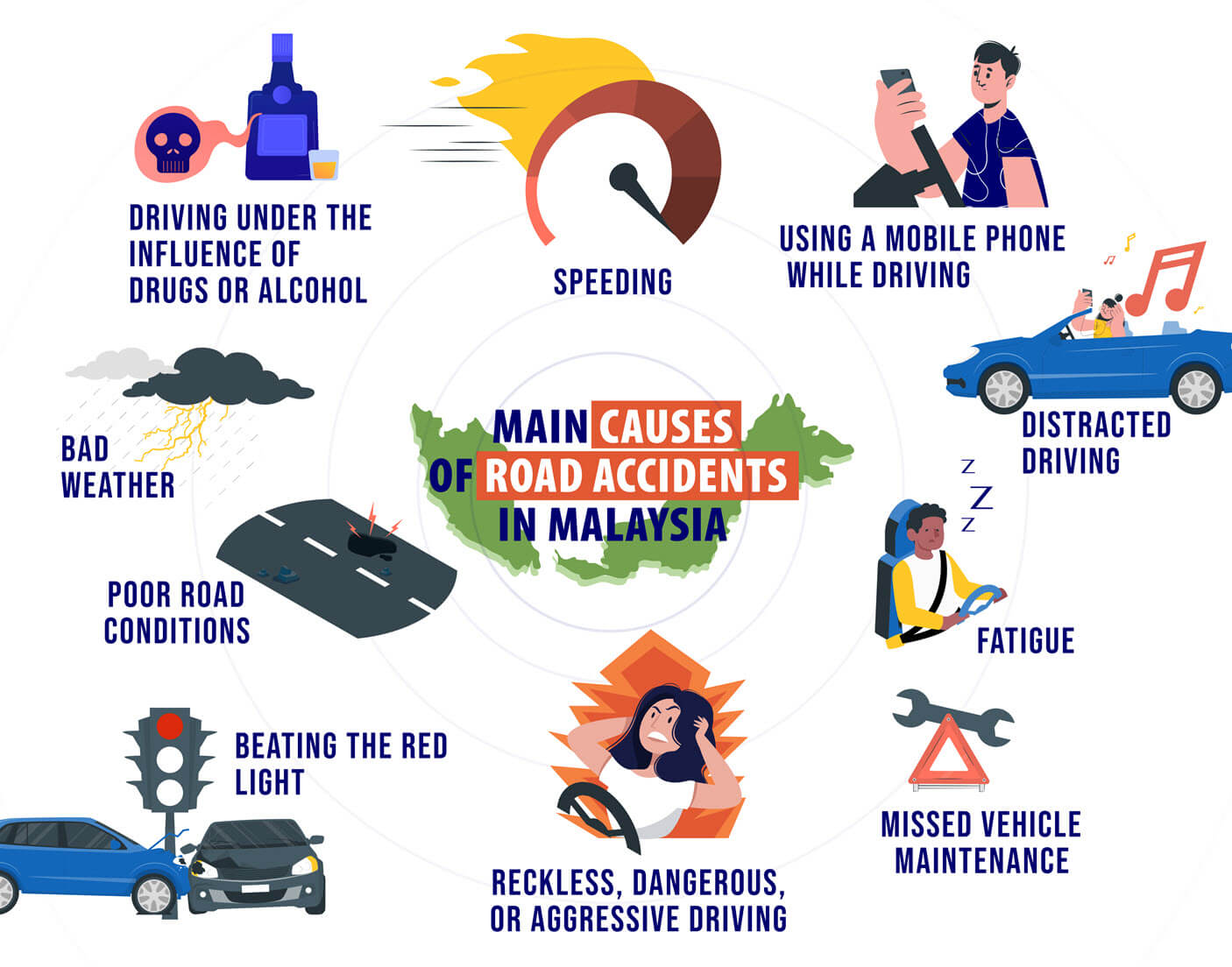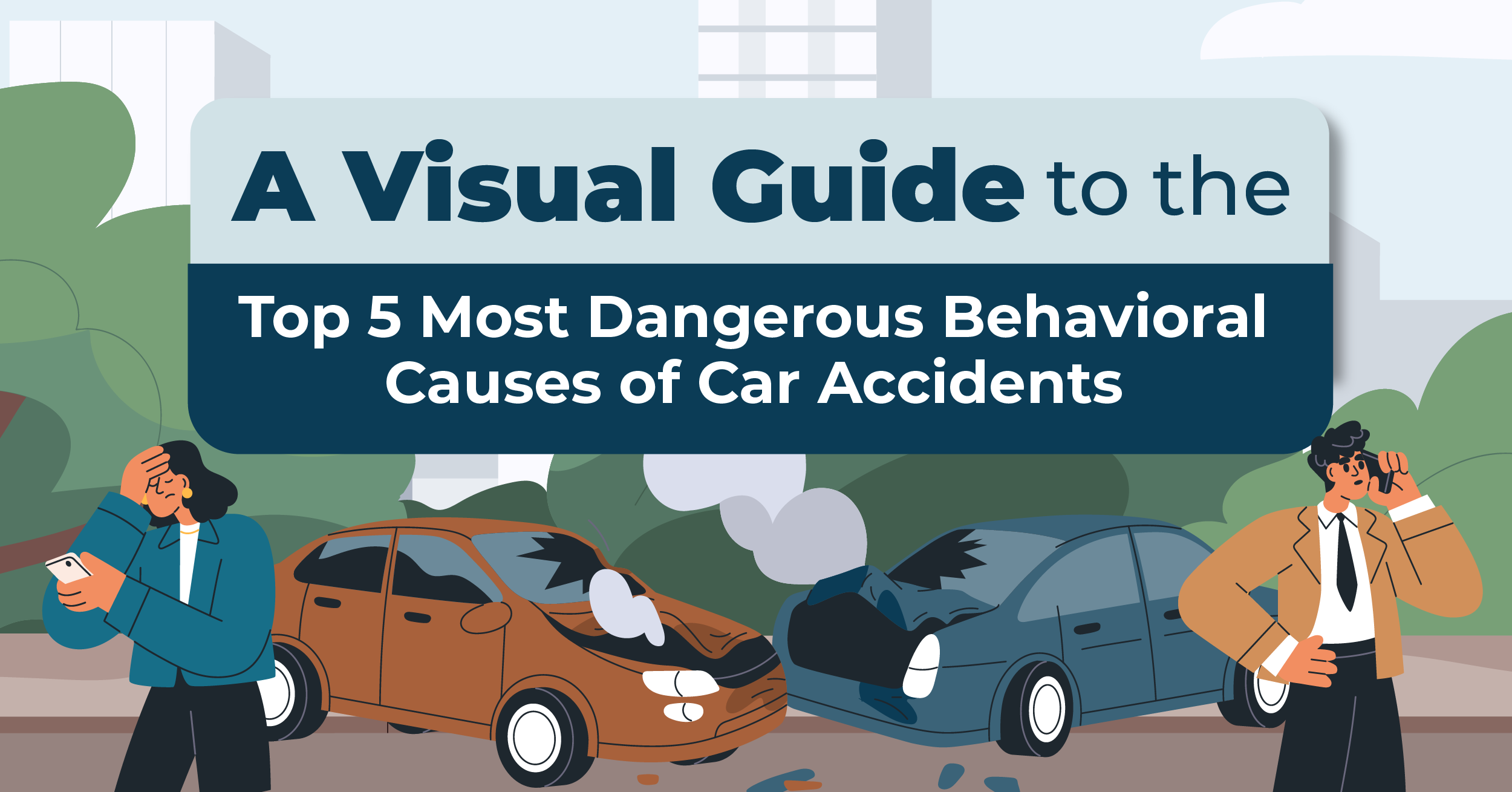
Understanding the Causes and Impacts of Accidents
Accidents are unforeseen and often sudden events that can result in injury, loss of life, or property damage. They can occur in various settings, including roads, workplaces, homes, and public spaces, affecting individuals and communities. Understanding the causes and impacts of accidents is crucial in developing effective prevention strategies.
Types of Accidents
Road Accidents: These are among the most common and deadly types of accidents. They involve vehicles such as cars, motorcycles, trucks, and pedestrians. Road accidents can result from various factors, including speeding, distracted driving, drunk driving, and adverse weather conditions.
Workplace Accidents: These occur in places of employment and can range from minor injuries to fatal incidents. Common causes include slips, trips, and falls, machinery malfunctions, exposure to hazardous materials, and inadequate safety measures.
Home Accidents: Many accidents happen at home, often involving falls, burns, cuts, and poisoning. These can be due to a lack of safety measures, such as unsecured furniture, improper storage of chemicals, and faulty electrical appliances.
Public Place Accidents: These accidents occur in public areas like parks, shopping malls, and sidewalks. They can be caused by poor maintenance, crowded spaces, or structural failures.
Causes of Accidents
Human Error: The majority of accidents are caused by human error. This includes negligence, lack of attention, fatigue, and poor judgment. For instance, a driver texting while driving or a worker not following safety protocols can lead to serious accidents.
Environmental Factors: Weather conditions like rain, snow, fog, and ice can create hazardous situations, particularly on roads. Natural disasters such as earthquakes, floods, and hurricanes also contribute to accidents.
Mechanical Failures: Malfunctioning equipment, vehicles, or infrastructure can lead to accidents. Regular maintenance and inspection are crucial to prevent such incidents.
Lack of Safety Measures: Inadequate safety measures, such as poor lighting, lack of signage, and insufficient training, can significantly increase the risk of accidents.
Impacts of Accidents
Physical Impact: Accidents often result in injuries ranging from minor cuts and bruises to severe trauma and fatalities. The physical impact can lead to temporary or permanent disability, affecting the victim’s quality of life.
Emotional and Psychological Impact: The trauma from accidents can have long-lasting emotional and psychological effects. Victims may experience anxiety, depression, post-traumatic stress disorder (PTSD), and other mental health issues.
Economic Impact: Accidents can lead to significant financial losses, including medical expenses, rehabilitation costs, loss of income, and property damage. For businesses, workplace accidents can result in compensation claims, increased insurance premiums, and loss of productivity.
Social Impact: Accidents can affect families and communities, leading to a loss of loved ones, changes in family dynamics, and increased societal burden. Communities may also face the cost of emergency services and infrastructure repairs.
Prevention Strategies
Education and Awareness: Promoting awareness about safety practices through campaigns, training programs, and public service announcements can help reduce accidents. Education on the importance of following safety rules and regulations is vital.
Implementation of Safety Measures: Ensuring proper safety measures in all settings, such as using seat belts, wearing helmets, installing smoke detectors, and providing adequate lighting and signage, can prevent accidents.
Regular Maintenance and Inspections: Regular checks and maintenance of vehicles, machinery, and infrastructure can prevent mechanical failures. Implementing strict inspection protocols is crucial.
Legislation and Enforcement: Enforcing strict laws and regulations regarding safety standards, such as speed limits, workplace safety protocols, and building codes, can significantly reduce the occurrence of accidents.
Conclusion
Accidents are an unfortunate reality that can have severe consequences. However, by understanding their causes and impacts, and implementing effective prevention strategies, we can minimize their occurrence and mitigate their effects. Continuous efforts in education, enforcement of safety measures, and regular maintenance can create a safer environment for everyone.

Thank you
For social media post click on this Thanks
Comments
Post a Comment
If you have any doubts, Please let me know